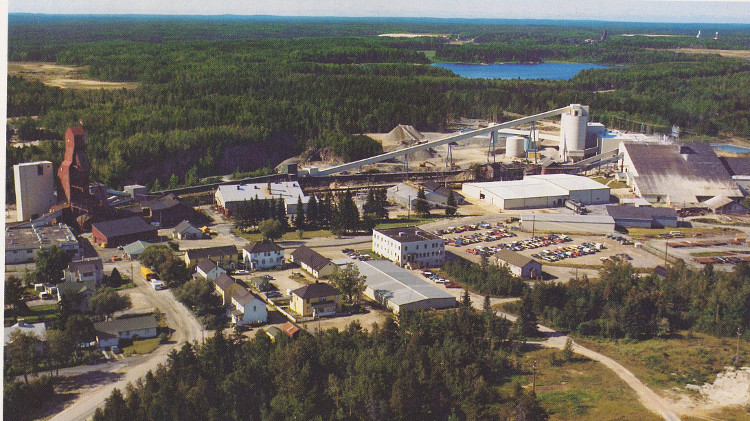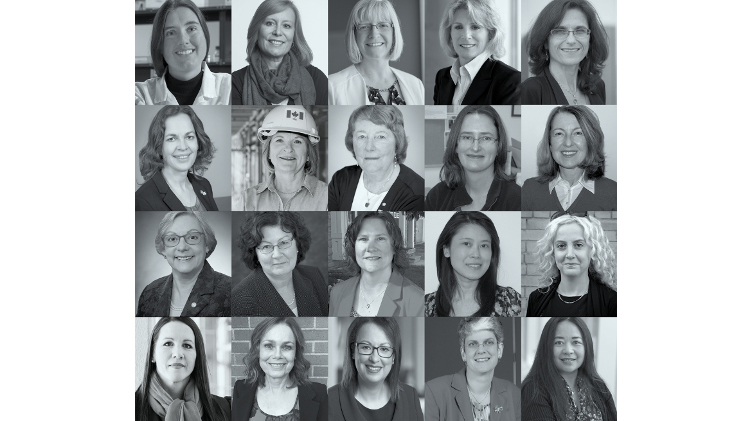While our industry often points to bureaucratic processes as the primary obstacle to mine development, we must acknowledge a more fundamental truth: our approach from mineral discovery to operational mine requires transformation if we hope to streamline the permitting process. Permitting processes, environmental assessments and regulatory requirements are not impediments to progress. They could be—and should be—opportunities to improve the exploration-to-operation timeline and for the mining industry to look inward. The “red tape” narrative conveniently obscures an uncomfortable reality: many of our design methodologies remain anchored in an era when environmental considerations were secondary and societal expectations were vastly different from today’s.
Reimagining mining education
Addressing this problem requires the combined efforts of universities, professional bodies and regulatory authorities. For example, it serves little purpose for university programs to introduce innovative design concepts when both industry practices and regulatory permitting frameworks remain fixated on using empirical methodologies that were developed in the 1960s and 1970s, such as the rock mass rating system. Conversely, modernized practice and permit guidelines require university programs to adopt more rational and innovative content. Every mine is a complex interdisciplinary system. The mining industry needs to pay more attention to identifying the cause-and-effect relationships that govern each mine independently, rather than relying on established beliefs and applying those to new projects.
Engineering practices due for modernization
Contemporary mining demands more than technical proficiency—it requires a holistic approach integrating cutting-edge technologies, environmental stewardship and community engagement. Yet our professional practices often resist meaningful transformation.
Consider geotechnical engineering, where we employ sophisticated numerical models while relying on input methodologies that remain largely empirical and qualitative. Our field is shaped by cognitive biases that often dismiss outliers rather than question whether our established beliefs fully apply to specific scenarios. This creates a self-reinforcing cycle where preferential attachment to traditional methods prevents innovation and adaptation.
When regulatory questions arise, this rigid adherence to conventional approaches does not merely slow the process, but it can halt progress entirely. Permitting delays frequently stem not from bureaucratic roadblocks but from our reluctance to reconsider established practices. We should view regulatory inquiries not as obstacles but as opportunities to improve communication and refine our approaches.
To address the challenge of regulatory delays in mining projects, it is essential to implement a collaborative technical review framework that involves rightsholders, such as Indigenous communities, from the outset. Mining projects must begin with early-stage collaboration that includes technical experts from mining companies and technical experts appointed by rightsholders. The objective is to capture diverse perspectives before design plans become finalized and difficult to modify. This collaboration must continue throughout the entire mine life cycle, including closure and reclamation. Early-stage collaboration offers the opportunity to reduce—if not eliminate—lengthy legal challenges. Taking extreme positions on either side of the spectrum (pro-mining or anti-mining) impacts constructive dialogue between differing viewpoints. It removes space for compromise and practical implementation strategies that might otherwise be dismissed by those holding more rigid positions.
From a technical perspective, I suggest companies utilize advanced modelling and scenario analysis to demonstrate how alternative designs might perform better environmentally over the mine’s life cycle. Similarly, they could develop comparative risk assessments that quantify the benefits of new approaches against conventional methods.
The technology we have available today—advanced geospatial imaging, machine learning and sophisticated numerical modelling—offers unprecedented potential to minimize environmental impacts while enhancing operational efficiency. These tools allow us to simulate long-term outcomes, anticipate environmental changes and design operations with multi-decade integrity. However, their effective implementation requires more than adopting new hardware; it demands transforming the core philosophy of mining engineering.
Most methods in rock engineering design were developed when minimizing a mine’s footprint was not a priority. Traditional geotechnical approaches treat mine closure as the final phase rather than an integral consideration of stability design. This perspective fails to recognize that mining represents a temporary land use alteration that must ultimately return to its rightful owner. By integrating reclamation planning from the exploration phase, we could prioritize extraction methods that minimize waste and protect water resources and ecosystems.
Transparency as a competitive advantage
Critical innovation cannot thrive in an environment lacking transparency. Similarly, developing approaches that balance resource extraction with environmental and social responsibilities will fail if our industry does not embrace information sharing. When we cite confidential or inaccessible reports in permitting documents, we ask regulators and communities to trust rather than to verify our claims. This position of unverified trust inevitably prolongs scrutiny.
Trust develops through transparency and reproducibility, not through assertions based on hidden evidence. The practice of basing engineering standards on claims without proper scrutiny creates precarious foundations for mining projects. Our industry must accept that confidentiality agreements should not extend to technical documents crucial to mine applications and rightsholders’ interests.
Indeed, the principle of informed consent requires complete transparency about every element of a proposed project or activity, with information presented in a manner that is accessible to those whose consent is being sought. Regulatory permitting frameworks should be amended to require mining companies to share all relevant technical information at the time of submitting a permit application rather than only upon request during the review stage. This should not be viewed as an additional burden but rather as an opportunity to avoid lengthy review processes, as technical reviewers may find that their questions are already addressed in documents that, in the current permit framework, would otherwise be listed as confidential reports.
The path forward
The most direct route to mine approval is not through regulatory shortcuts but through industry transformation that demonstrates clear societal benefits. By adopting more holistic design approaches, embracing transparency and modernizing our engineering practices, we can build the trust and efficiency needed to accelerate the permitting process. The mining industry stands at a crossroads. We can continue attributing delays to external factors or lead a transformation that addresses the legitimate concerns behind regulatory processes. The choice is clear: innovation offers not just a path to quicker approvals but also a more sustainable and respected mining sector for generations to come.
Davide Elmo is a professor of rock engineering at the Norman B. Keevil Institute of Mining Engineering, University of British Columbia




